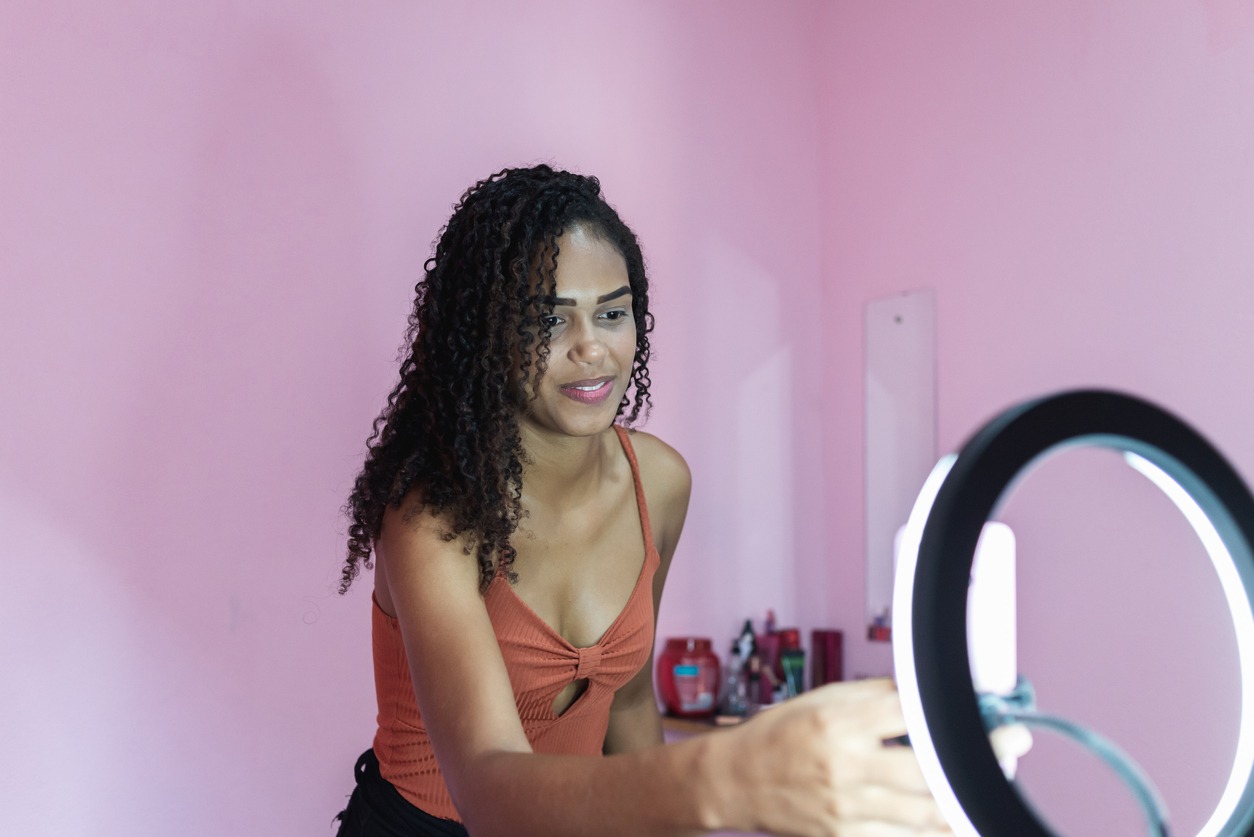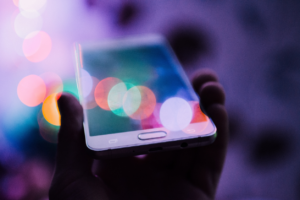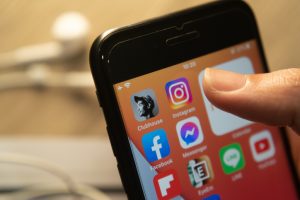For TikTok success, it’s all about the partnerships
Brands eager to enter the conversation on social media today must find a way to create compelling content—not ads.

Social media is a crucial channel for brands to reach audiences—but traditional marketing and advertising messages are falling increasingly flat.
For Alejandra Lee, a media strategist and social media expert with The Richards Group, the advice often boils down to a simple directive: Don’t make ads; make TikToks. Lee emphasizes that the algorithms of platforms like TikTok have become so intelligent, they know if your video content doesn’t follow the right format.

Alejandra Lee
“Probably their algorithm deprioritizes [a video] whenever it doesn’t feel like a proper piece of content,” she says. “If it just feels like a video ad, that is less likely to bring value to the experience from a user standpoint.” For TikTok—and other social media platforms—their business model is to compete for users’ attention and keep people coming back for more.
If your ad isn’t helping retain those users—the algorithm won’t be boosting its visibility. That’s why influencer marketing has seen a sustained rise.
“We will be seeing a lot of niche and micro influencers making more an impact because they do have more of that true engagement,” Lee predicts. Brands are increasingly looking to create something relatable, and users want to connect with “a person like me.”
As a result, partnerships will be the way to go for many brand managers rather than creating their own channels.
TikTok on center stage
It has been a meteoric rise for TikTok—the short-form video platform owned by ByteDance that has reportedly now outstripped YouTube in time spent watching the platform’s content each month.
TikTok’s users now spend more time each month watching content than YouTube users, according to a report from app analytics firm App Annie. In the US, ByteDance’s app first overtook YouTube in August last year, and as of June 2021 its users watched over 24 hours of content per month, compared with 22 hours and 40 minutes on Google’s video platform. In the UK the difference is even more stark: TikTok overtook YouTube in May last year and users there now reportedly watch almost 26 hours of content a month, compared to less than 16 on YouTube.
But that doesn’t mean your efforts to connect with a community should be focused on just one platform. Lee sees brands and the influencers they work with creating a broader community that connects across platforms—and creating opportunities to engagement in private groups.
So, Lee explains, a content creator can start introducing videos and building an audience on TikTok or another platform, but then create other touchpoints on something like social chat app Discord.
“There’s a lot of jumping between spaces from just exposure to engagement,” she explains. It’s a reminder to PR pros and brand managers to think about measuring their campaigns beyond the specific metrics of a single platform. Instead, consider the broader ecosystem and create unique opportunities to connect to drive engagement.
From these Discord communities or other private groups, communities can transition to in-person meetings, or find other opportunities for connection as the pandemic continues to limit in-person contact.
“That’s where I feel like these niche communities are starting to grow,” says Lee, adding that Reddit is another great place where communities can create a bespoke forum for discussion. “There are ways to continue that engagement outside of just the regular scrolling, but actually talking, asking questions.”
Focus on content
Rather than focusing on what platform is the right fit for your target audience, Lee recommends thinking about what content will resonate. If the message is focused and flawless, the audience will respond.
“Consumers will respond to what resonates with them,” she says. If they like the content and the relationship they have built on one platform, they will follow you to another platform when directed. And Lee recommends that brand managers and creators take advantage of what opportunities different platforms might provide.
“The platforms themselves need users and advertisers to be creative,” she says, “not just from the content, but be creative the way they use [the platform], because that’s how those platforms continue to be competitive as they evolve their features.”
The quirks of the platform
However, just because your message resonated on one platform doesn’t mean it shouldn’t be tweaked for another. Each platform comes with its own audience expectations. “That same target audience might behave and be completely different on these digital spaces,” explains Lee.
So, while you might have identified the message that will move the customer, how you send that message might need to be drastically reconsidered. To get it right, Lee recommends extensive platform-specific research.
“Brands need to do more research as far as like who their audience is in this space and create content that is actually native to the platform,” she says.
That’s where the influencer partnerships often can come into play. They already know the platform and its rules of engagement. When it comes to identifying what belongs on a platform like TikTok and what might feel out of place, Lee’s guidance is much like a Supreme Court Justice identifying obscenity: “I know it when I see it.”
“If it feels like you just lifted something from broadcast, that’s an immediate no,” she says. And she argues that PR pros and marketing agencies need to be a part of the conversation to ensure content hits the mark.
“We might not have control over the creative, but we can help guide that conversation,” she says.
Looking to the future
As new platforms arrive, Lee says those should also be approached with influencer partnerships in mind. For example, the metaverse which has been a hot topic at the beginning of 2022 is where interested brands should partner up.
“It started already with the more high-tech enthusiastic gamers,” she says. “I think they are the low hanging fruit there.”
On platforms new and old, brands don’t have to go it alone. Partnerships make a lot of sense if you don’t have the internal expertise to show up the right way at the right time.







